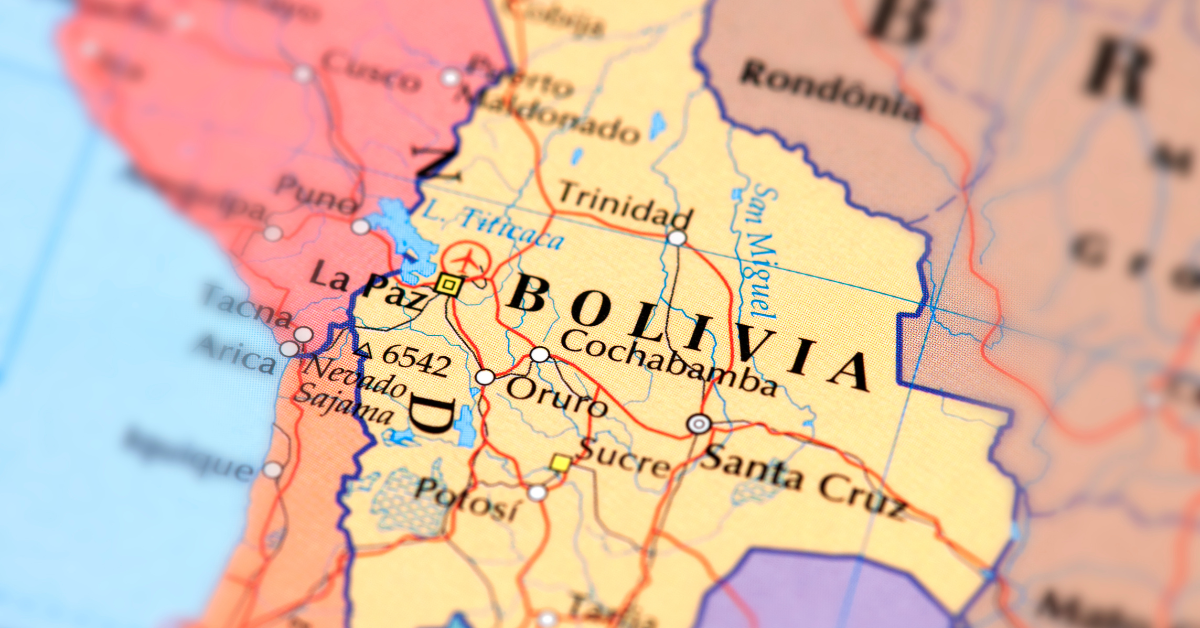When Japanese people think of Bolivia, they may picture mystical landscapes like the Uyuni Salt Flats or the haunting sound of Andean music. However, Bolivia also has an intriguing history in Japan’s written culture, where the country’s name was sometimes expressed using unique kanji notations such as 暮利比亜 and 保里備屋. These characters were never official, but they reflect how foreign names were once adapted into Japanese.
Kanji Notations of Bolivia
There is no official kanji notation for Bolivia, but newspapers, maps, and older documents sometimes used phonetic transcriptions.
| Notation | Reading | Characteristics |
|---|---|---|
| 暮利比亜 | Bolivia | The most common phonetic transcription |
| 保里備屋 | Bolivia | Easy to read and relatively clear |
| 玻里非 | Bolivia | A shortened, simplified version |
| 波力斐 | Bolivia | Emphasizes a strong, powerful sound |
In addition, simplified abbreviations like “暮” or “波” were sometimes used. These arose mainly due to space limitations in print media and shorthand purposes, making them valuable examples of how foreign place names were treated in Japanese.
Cultural Impressions of Bolivia Among Japanese
For Japanese people, Bolivia feels geographically and psychologically distant. However, through culture and tourism, many still form vivid impressions of the country.
Andean Music and Indigenous Culture
One of the most prominent associations with Bolivia is Andean music. Instruments like the quena and zampona are well-known in Japan, often heard in street performances or cultural festivals. The image of women in traditional dress, known as Cholitas, as well as the vibrant Oruro Carnival, also stand out as symbols of Bolivian culture.
| Cultural Element | Impression in Japan | Notes |
|---|---|---|
| Andean Music | Exotic, melancholic sounds | Quena and zampona instruments |
| Traditional Dance | Festive, powerful | Oruro Carnival is globally famous |
| Cholita Attire | Unique, traditional | Round bowler hats and colorful skirts |
The Stunning Uyuni Salt Flats
In recent years, the Uyuni Salt Flats have become Bolivia’s most famous tourist destination among Japanese. During the rainy season, the water-covered surface reflects the sky, creating a surreal “mirror effect.” This breathtaking landscape has been frequently featured in travel magazines, television, and on social media, making it a “must-visit destination before you die” for many Japanese travelers.
| Feature | Recognition in Japan | Impression |
|---|---|---|
| Mirror-like scenery | Very high | Mystical, dreamlike |
| Vast salt plains | High | Extraordinary, non-daily scale |
| Tourism packages | Moderate | Popular for photography tours |
Harsh Nature and Life at High Altitudes
The Bolivian capital of La Paz sits at about 3,600 meters above sea level, making it one of the world’s highest capitals. For Japanese travelers, the risk of altitude sickness is well known.
The dry altiplano and the Andes mountains also leave a strong impression, as the harsh natural environment is strikingly different from Japan’s climate and geography.
Connections Between Japan and Bolivia
The relationship between the two countries goes beyond tourism and culture. Through Japanese immigration, there has been a deep and lasting connection.
Since the prewar era, Japanese immigrants settled in Bolivia, especially in the Santa Cruz region, where they developed agriculture. Today, Japanese-Bolivian communities continue to play a role in education and agricultural development. In addition, Japanese governmental and international organizations have provided aid for schools and infrastructure, reinforcing bilateral relations.
Bolivia Through Sports
Soccer as a National Passion
In Bolivia, soccer is the most popular sport by far. The “Estadio Hernando Siles” in La Paz, located at 3,600 meters above sea level, is infamous for leaving visiting teams struggling with oxygen shortages. For this reason, it is sometimes called “the world’s toughest stadium.”
Japan’s national team has also faced Bolivia in friendly matches, bringing the two countries together through sport and leaving memorable impressions.
Sports and Tourism
Besides soccer, futsal and basketball are popular, while mountaineering and outdoor sports thrive in the Andes. These activities often connect with tourism, allowing foreign visitors to experience Bolivia’s landscapes and culture in active ways.
| Sport | Characteristics | Recognition in Japan |
|---|---|---|
| Soccer | National sport, famous high-altitude games | High |
| Futsal | Popular in urban areas | Moderate |
| Mountaineering/Outdoor Sports | Tied to Andean tourism | Moderate |
Conclusion
The kanji notations of Bolivia include “暮利比亜,” “保里備屋,” “玻里非,” and “波力斐.” While none are official, they remain fascinating examples of how Japanese once adapted foreign place names. Abbreviations like “暮” or “波” also reflect this history.
For Japanese people, Bolivia evokes images of Andean music, the Uyuni Salt Flats, a multi-ethnic society, and life in harsh high-altitude environments. Beyond that, immigration, cultural exchange, and sports—especially soccer—have created unique ties between the two nations.
Thus, Bolivia is not simply a distant country. Through culture, history, and sports, it has become a country with which Japan shares an enduring connection.






